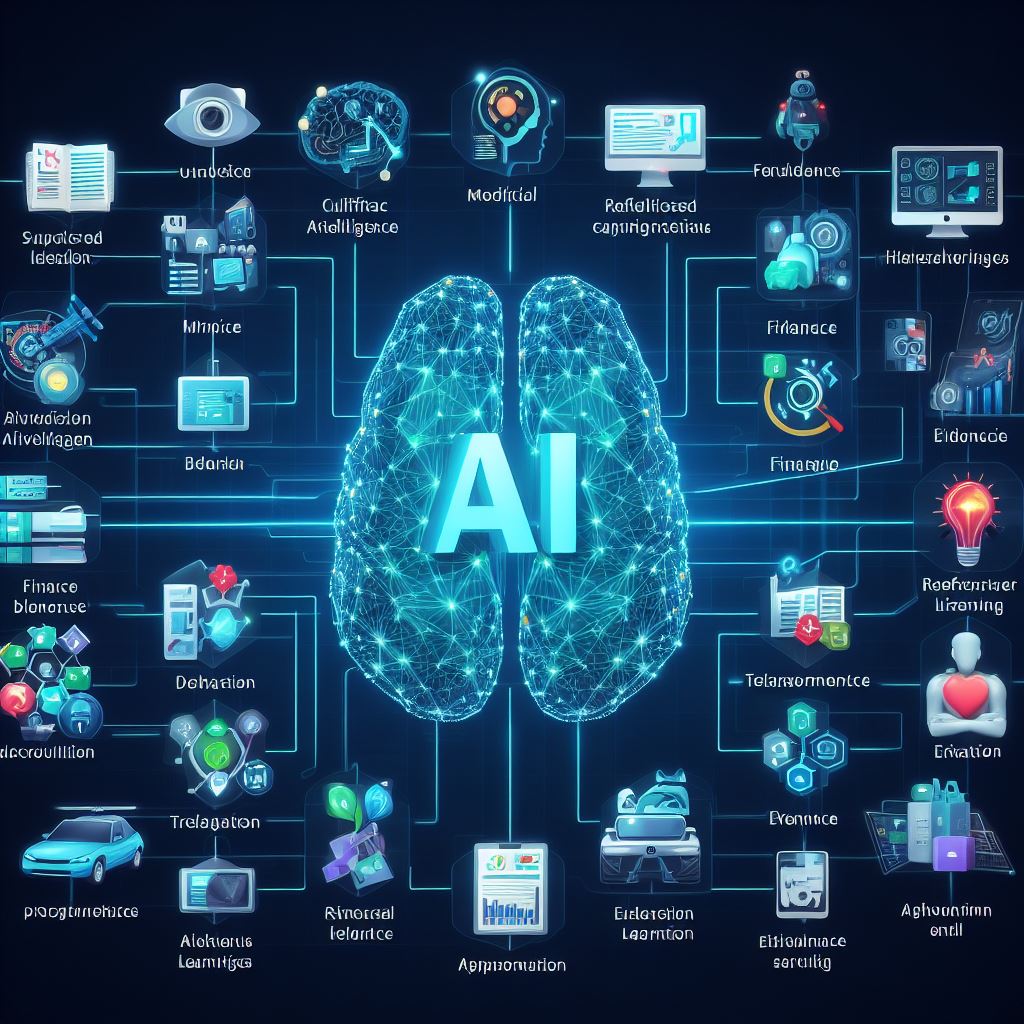Overview
Input
Provide an Answer to "How does AI learn and make decisions?" in 500 words
Output
Artificial Intelligence (AI) learns and makes decisions through a sophisticated process known as machine learning, which mimics human learning but at a much faster and data-intensive scale. This process is central to AI's ability to understand, adapt, and perform tasks autonomously. Let's break down how AI accomplishes learning and decision-making in more detail:
1. Data Collection and Preprocessing: AI learning begins with data, lots of it. The first step involves collecting and preparing data relevant to the problem the AI is meant to address. This data can come in various forms, including text, images, videos, or structured data like databases. Preprocessing is crucial to clean and format the data for analysis.
2. Training Data: A subset of the collected data is designated as training data. This is the data the AI model will learn from. It contains labeled examples (for supervised learning) or unstructured data (for unsupervised learning). In the case of supervised learning, each data point is associated with the correct outcome.
3. Feature Extraction: Features are the characteristics or attributes of the data that the AI model uses to make predictions or decisions. Feature extraction involves selecting and transforming relevant data attributes, discarding irrelevant information, and reducing noise.
4. Algorithm Selection: AI employs various algorithms for learning and decision-making. The choice of algorithm depends on the problem at hand. Common machine learning algorithms include linear regression, decision trees, support vector machines, and deep learning techniques like neural networks.
5. Training and Learning: The AI model is "trained" on the training data using the selected algorithm. During this process, the algorithm processes the data, identifies patterns, and learns to make predictions. In supervised learning, the algorithm adjusts its internal parameters to minimize the difference between its predictions and the correct outcomes.
6. Model Evaluation: After training, the AI model's performance is evaluated using a separate set of data called the validation or test data. The model's ability to make accurate predictions or decisions is assessed by comparing its outputs to the actual outcomes in the test data.
7. Fine-Tuning and Optimization: Based on the evaluation results, the model is fine-tuned and optimized to improve its performance. This optimization may involve adjusting the model's hyperparameters, changing the algorithm, or increasing the size of the training dataset.
8. Making Predictions and Decisions: Once the AI model is trained and optimized, it can make predictions or decisions when presented with new, unseen data. This is the essence of its decision-making capability. It generalizes from the patterns it has learned during training to provide responses based on new inputs.
9. Types of Learning: AI employs various learning techniques. Supervised learning involves learning from labeled data, where the model predicts a known outcome. Unsupervised learning involves discovering patterns and structures within data without labeled examples. Reinforcement learning is used for tasks where the AI learns by interacting with an environment and receiving feedback.
10. Continuous Learning: AI's learning process doesn't stop at the initial training. AI models can continue to learn and adapt over time with additional data and refined algorithms. This continuous learning process allows the AI to stay up-to-date and improve its decision-making capabilities.
In conclusion, AI learns and makes decisions by ingesting and analyzing large amounts of data, selecting relevant features, applying suitable machine learning algorithms, and fine-tuning its parameters. This learning process empowers AI to generalize from past data and make predictions or decisions in real-world applications. The choice of algorithms and the quality of data play a crucial role in determining the effectiveness of AI's learning and decision-making capabilities.



Comments
Be the first to comment!